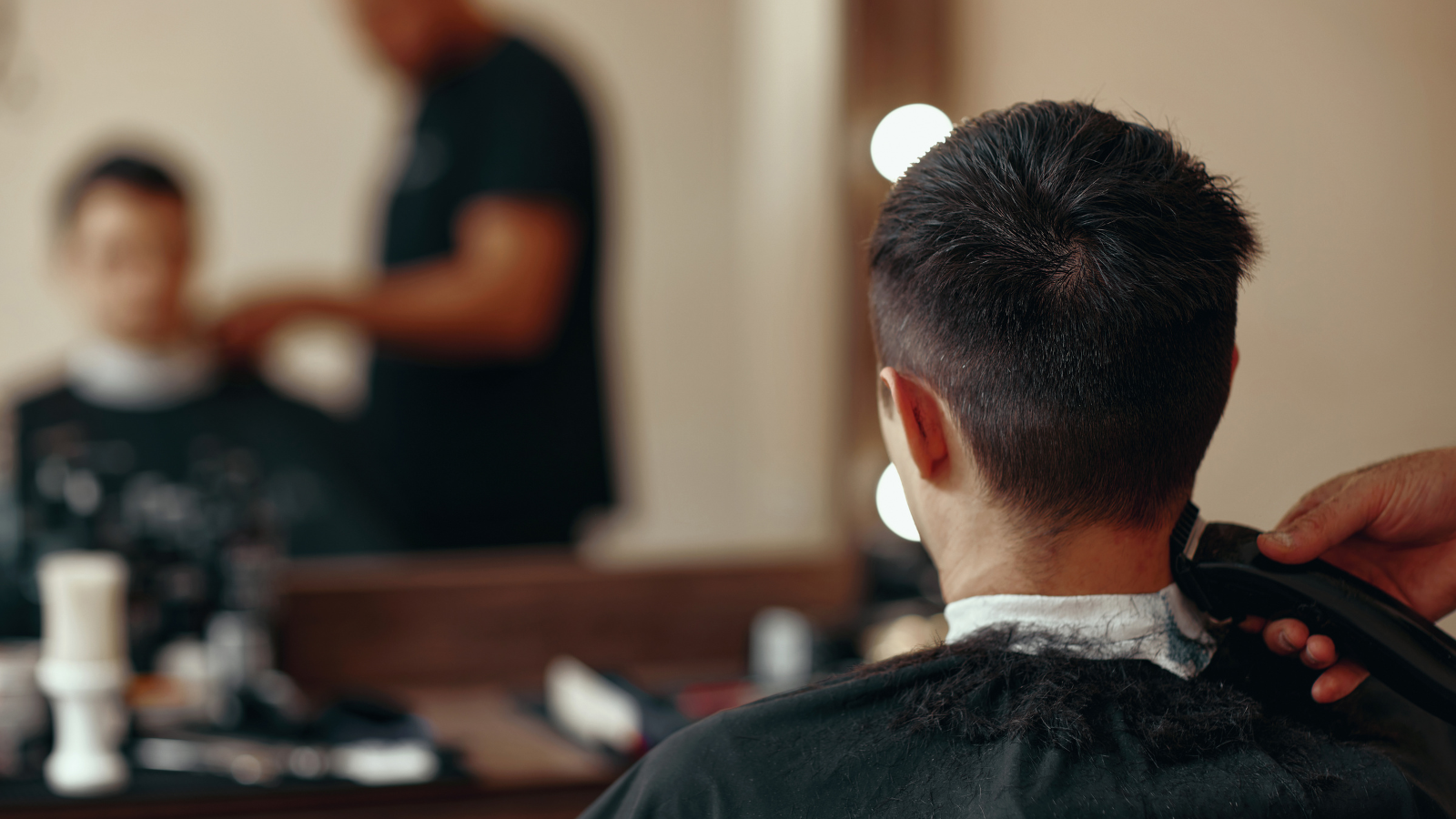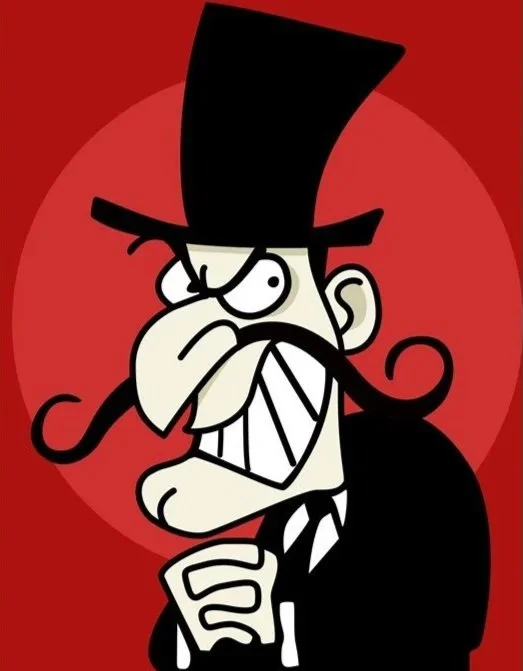Male help-seeking behaviour and suicide – stereotypes or archetypes?

On World Suicide Prevention Day, the following is a summary of the main thoughts behind Consultant Clinical Psychologist Martin Seager’s chapter on male suicide in The Palgrave Handbook of Male Psychology and Mental Health.
Suicide is universally a gender issue, with male deaths outnumbering female by a large percentage in virtually every country, in very age group and in every year since records began.
Research into suicide however has largely been gender-neutral, and is only now even beginning to show any curiosity about male gender experience of suicide. Many books on suicide don’t consider male gender at all as a theme, meaning that the male gender experience is usually invisible.
This vast disparity between the magnitude of male suicide and our lack of curiosity about the male lives behind the statistics is, in fact, the biggest clue to the causes of male suicide: the gender empathy gap. A lack of empathy for men and masculinity reflects the fact that human gender behaviour has an evolutionary basis.
An evolutionary basis
Sex differences are the basis for reproduction and evolution not just in the human species but in many others. In every culture, the evolved male archetype is about “strength”: to take risks, to provide, protect, fight, win and control emotions in order to focus on the successful performance of dangerous tasks. Because of the ‘male protector’ archetype we are all implicitly more tolerant of male death and suffering for the simple reason that we expect the male gender to offer protection rather than receive it. The statistics on deaths and protective behaviours across the world prove this. Even the survival figures from the Titanic, where most of the women survived and most of the men died, show men were trying to protect women and children by getting them into the life boats.
Male shame
Male suicide is linked quite clearly to shame about weakness and failure, but this shame mirrors a societal lack of empathy for the male experience – this is why men don’t value their own vulnerability or seek help because they don’t expect to receive help and this is actually reflected in a lack of services for male victims and resistance to seeing men as a group with needs of their own.
However the currently popular social constructionist narratives around gender assume male gender behaviour is a set of stereotypes that can simply be retaught and remoulded. Efforts are therefore being made – mistakenly – to educate boys and men to change their attitudes and behaviour. Masculinity itself is felt to be harmful and men are blamed for not seeking help and ultimately even for their own suicidality. Paradoxically this of course only reinforces the archetype that men are responsible for sorting all problems out, including themselves.
The shame men feel in seeking help is implicit in all society. Telling men to open up and seek help is a double standard when the actions and attitudes of society are not sympathetic and only reinforce the shame. This only confuses and paralyses men more.
Can we change men’s help-seeking behaviour?
In my chapter on male suicide I make it clear that trying to change an archetype as if it were a stereotype is not only mistaken but damaging and counterproductive. However, I argue that it is possible to redefine and reapply what the male archetype means in a modern social context:
We can redefine male strength to include help-seeking, because help-seeking involves facing problems, taking control and taking action. These are archetypally masculine attributes. If we tell men that by seeking help they are protecting their families, it plays into the archetype, not against it.
Helping any group can also only work if the approach is empathic, yet with men we have constantly tried to change or educate them, rather than accept them as they are or empathise with their world. This means we have not respected male differences in ways of communicating, relating and dealing with emotion. We have tried to fit men into a “counselling” model of what we think they should be, which is ironically closer to the female archetype.
The evidence is clear however that where services listen to men and offer help in a way that honours the male archetype, things work much better. This can be achieved through male spaces, doing things together, talking shoulder to shoulder rather than face to face.
Men do talk, if people listen in male-friendly ways. If we can change the language of our message on suicide from “open up, you stubborn men” to “let’s all open up to men” we will get a lot further and save many more lives.
Further reading
Seager MJ (2019). From stereotypes to archetypes: an evolutionary perspective on male help-seeking and suicide, in Barry JA, Kingerlee R, Seager MJ and Sullivan L (Eds.) (2019). The Palgrave Handbook of Male Psychology and Mental Health. London: Palgrave Handbook of Male Psychology & Mental Health IBSN 978-3-030-04384-1 DOI 10.1007/978-3-030-04384-1
This article was first published on the Male Psychology Network website in 2019.
Scroll down to join the discussion
Disclaimer: This article is for information purposes only and is not a substitute for therapy, legal advice, or other professional opinion. Never disregard such advice because of this article or anything else you have read from the Centre for Male Psychology. The views expressed here do not necessarily reflect those of, or are endorsed by, The Centre for Male Psychology, and we cannot be held responsible for these views. Read our full disclaimer here.
Like our articles?
Click here to subscribe to our FREE newsletter and be first
to hear about news, events, and publications.

Have you got something to say?
Check out our submissions page to find out how to write for us.
.
Martin Seager is a consultant clinical psychologist and psychotherapist, lecturer, author, campaigner, and broadcaster. He worked in the NHS for 30 years, becoming head of psychological services in two mental health Trusts. He has advised government and regularly broadcast with the BBC on mental health. He is co-founder and original proponent of the Male Psychology Section of the BPS.













































